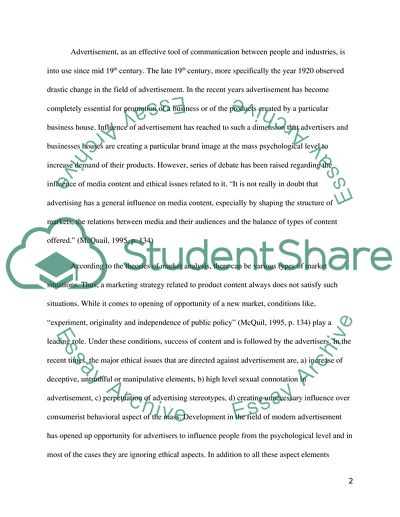Cite this document
(Elements of Racial Discrimination in Media and Advertisement Essay, n.d.)
Elements of Racial Discrimination in Media and Advertisement Essay. Retrieved from https://studentshare.org/social-science/1556434-deconstruct-using-textual-analysis-two-examples-of-tv-or-poster-adverts-with-regards-to-black-and-ethic-representation
Elements of Racial Discrimination in Media and Advertisement Essay. Retrieved from https://studentshare.org/social-science/1556434-deconstruct-using-textual-analysis-two-examples-of-tv-or-poster-adverts-with-regards-to-black-and-ethic-representation
(Elements of Racial Discrimination in Media and Advertisement Essay)
Elements of Racial Discrimination in Media and Advertisement Essay. https://studentshare.org/social-science/1556434-deconstruct-using-textual-analysis-two-examples-of-tv-or-poster-adverts-with-regards-to-black-and-ethic-representation.
Elements of Racial Discrimination in Media and Advertisement Essay. https://studentshare.org/social-science/1556434-deconstruct-using-textual-analysis-two-examples-of-tv-or-poster-adverts-with-regards-to-black-and-ethic-representation.
“Elements of Racial Discrimination in Media and Advertisement Essay”. https://studentshare.org/social-science/1556434-deconstruct-using-textual-analysis-two-examples-of-tv-or-poster-adverts-with-regards-to-black-and-ethic-representation.


